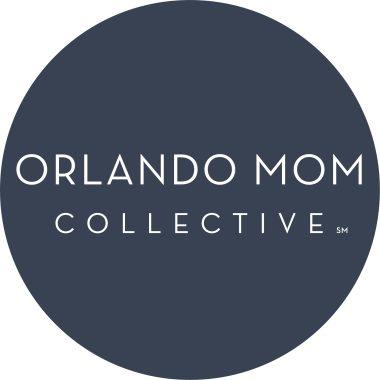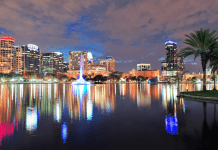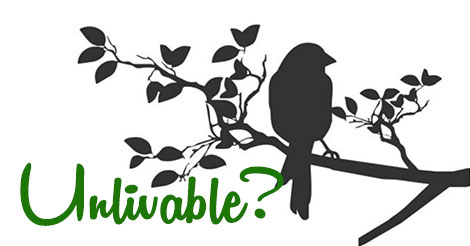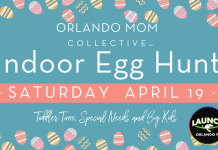Last weekend, I attended an annual conference in Chicago associated with one of my several “second” jobs. While there, I had the opportunity to visit with my dear longtime friend from high school, Teri, and I also got to visit with my brother, his wife (also my high school friend, Jenn), and my two nephews. I got to see Blake perform as Jack in Into the Woods (and he was awesome, BTW). Anyway, while we were heading from the downtown posh part of Chicago to the outer suburbs that afternoon, as we flashed past neighborhoods of various sorts along the way at 60MPH, Teri and I would point out a house we thought was charming or a neighborhood that looked appealing for whatever reason. At every transition, my brother would point out his judgment as to whether anyone could really live there. Yet clearly, none of the “unlivable” neighborhoods were empty.
As we passed through one area that looked like it was particularly struggling, I remarked at how much litter was plastered to the steep banks of the highway, at the top of which were tall ten-foot chain link fences surrounding this not livable neighborhood. I wondered how and why all that trash got there—the bank is too steep to have caught trash that had been thrown from cars; the fence is too high for the refuse to have been thrown over it by neighborhood residents.
At this time of year in Chicago, the snow has melted, but the trees haven’t yet blossomed, so everything has a pallor of brown and gray. Turning to my right, I noticed a large bird nest in one of the bare trees. Tucked within its twiggy structure were pieces, large and small, of all that garbage from the banks. I thought to myself at that moment: He’s wrong. “Livable” is a relative term. That bird feathered its nest with the softest and most colorful materials it could find in that harsh environment. That bird made its home right in between that trashy bank and the highway, in fact, and found those candy papers, soda bottle wrappers, and chip bags an efficient way to make its home warm and stable. What was remarkable about it to me was that the nest was beautiful. Reds, blues, white, orange, all peeked out from between the bland brown and gray; the hardness of the wood was mediated by the summery colorful palette and curvy edges of the shiny papers. Indeed, for that bird, that neighborhood was absolutely livable.
As I was driving to work yesterday, I got off of the 408 and snaked my way through Research Park to get to campus. Unlike the Chicago freeway, those roads are lush, green, and almost completely unlittered. As I turned, I noticed out of the corner of my eye a black bird. Flying toward its nest, undoubtedly tucked away somewhere among the many lakes and trees in the park, the bird carried in its beak a twig and a bright red piece of what appeared to be a coke bottle label. This bird, here at home, was gathering its own oddly familiar materials for its own artistic nest. It reminded me at once of Chicago bird.
At the same time, that old Joan Osbourne song, “strangers on a bus” came on the XM coffee house radio station. “What if God was one of us; just a slob like one of us; just a stranger on a bus; trying to make his way home?” Yeah, I thought: no matter where our nest is, most of us, like these birds, find ways to make the best of it. Most of us, too, pad ours with a little color and as much stability as possible, and all we want at the end of the day is to try make our way there.





















